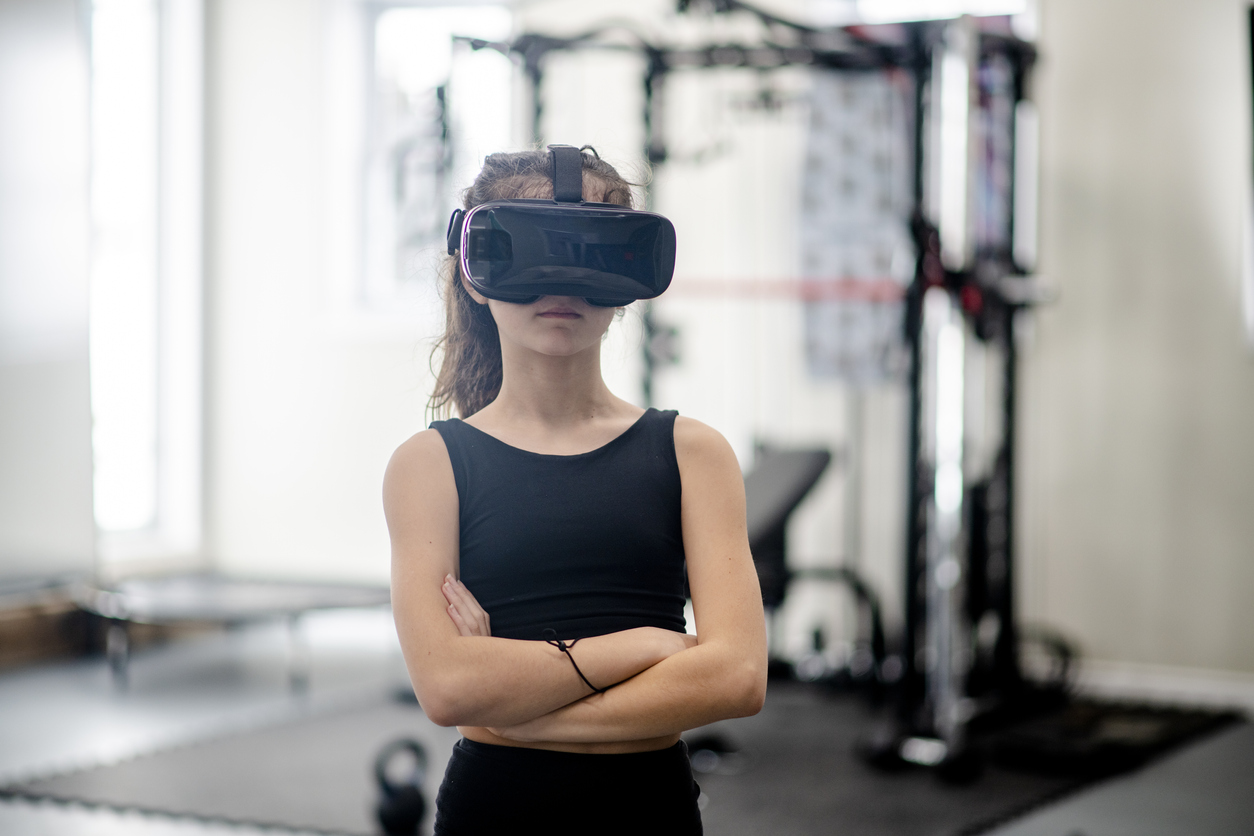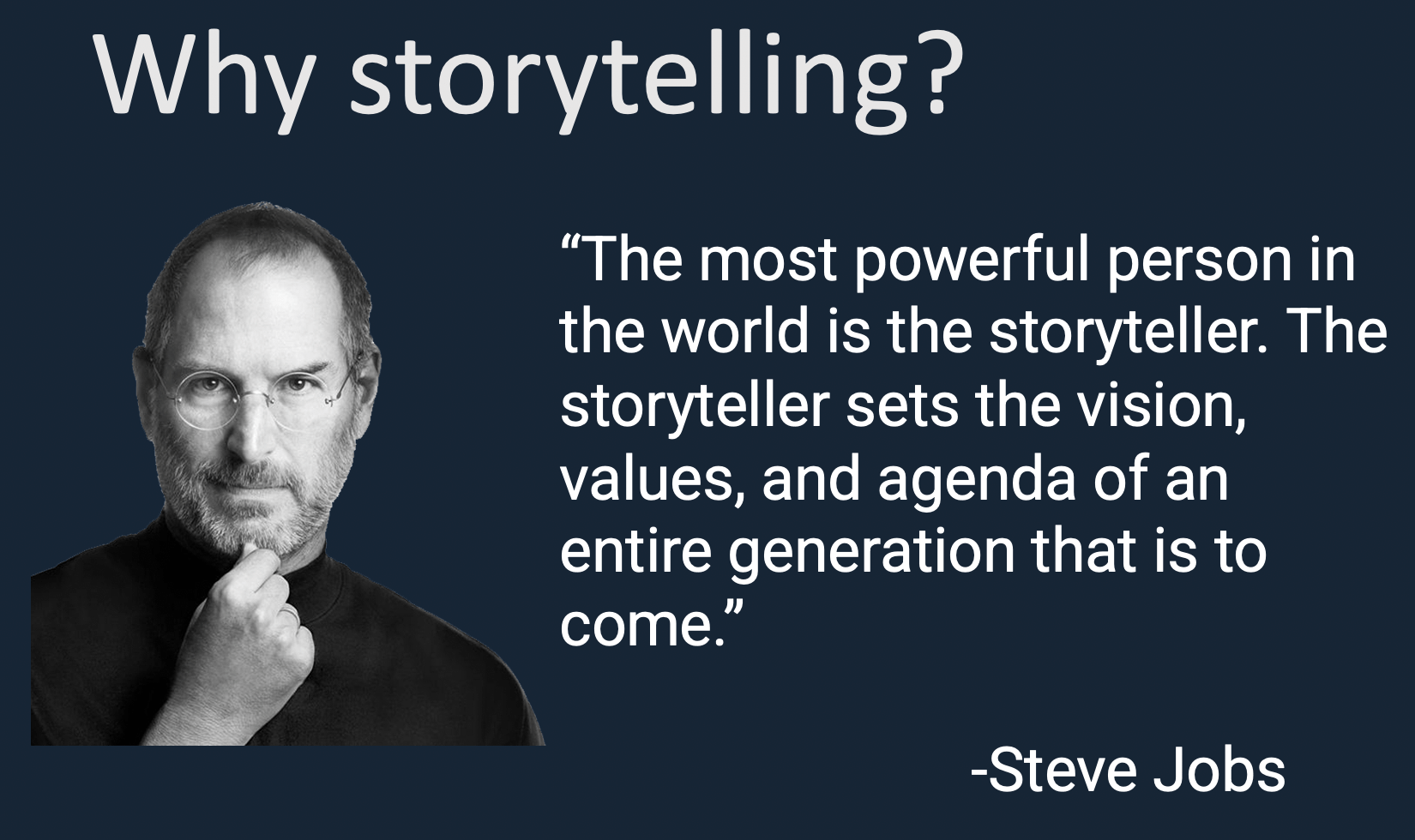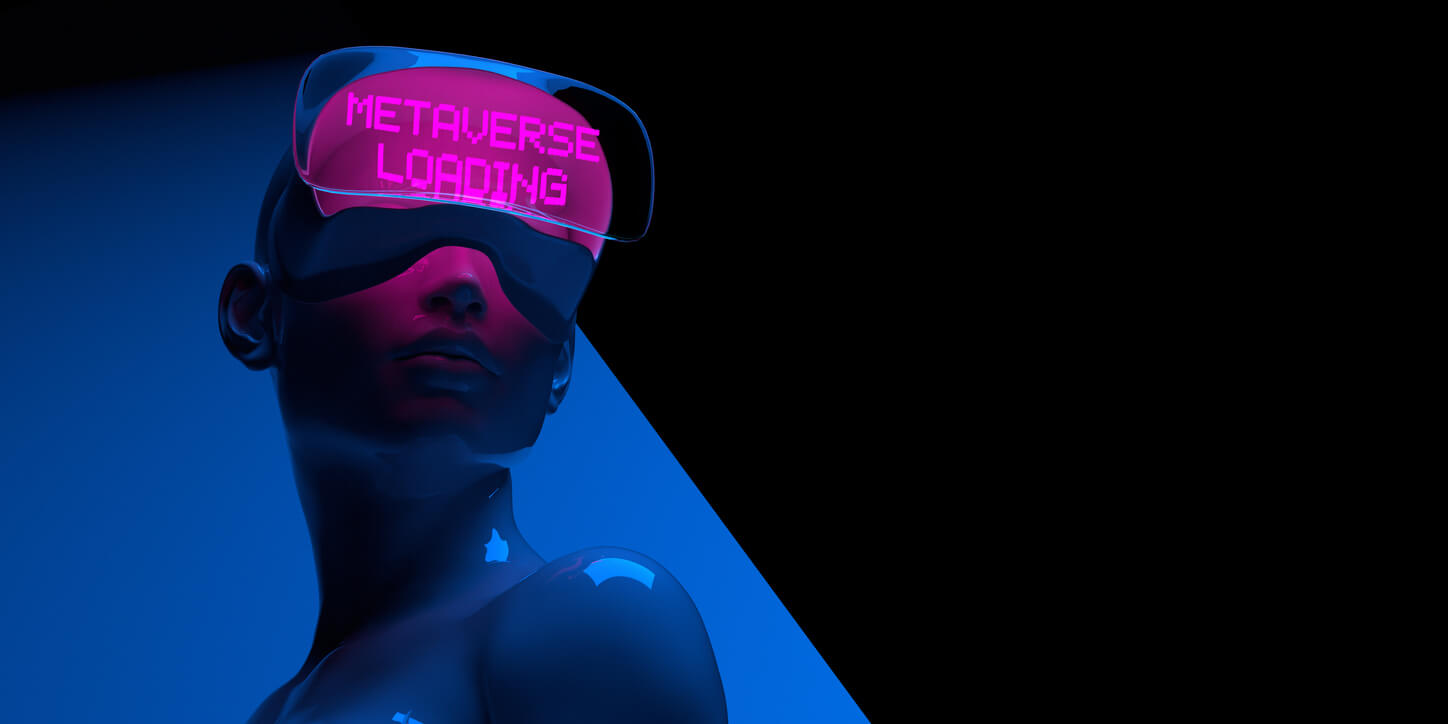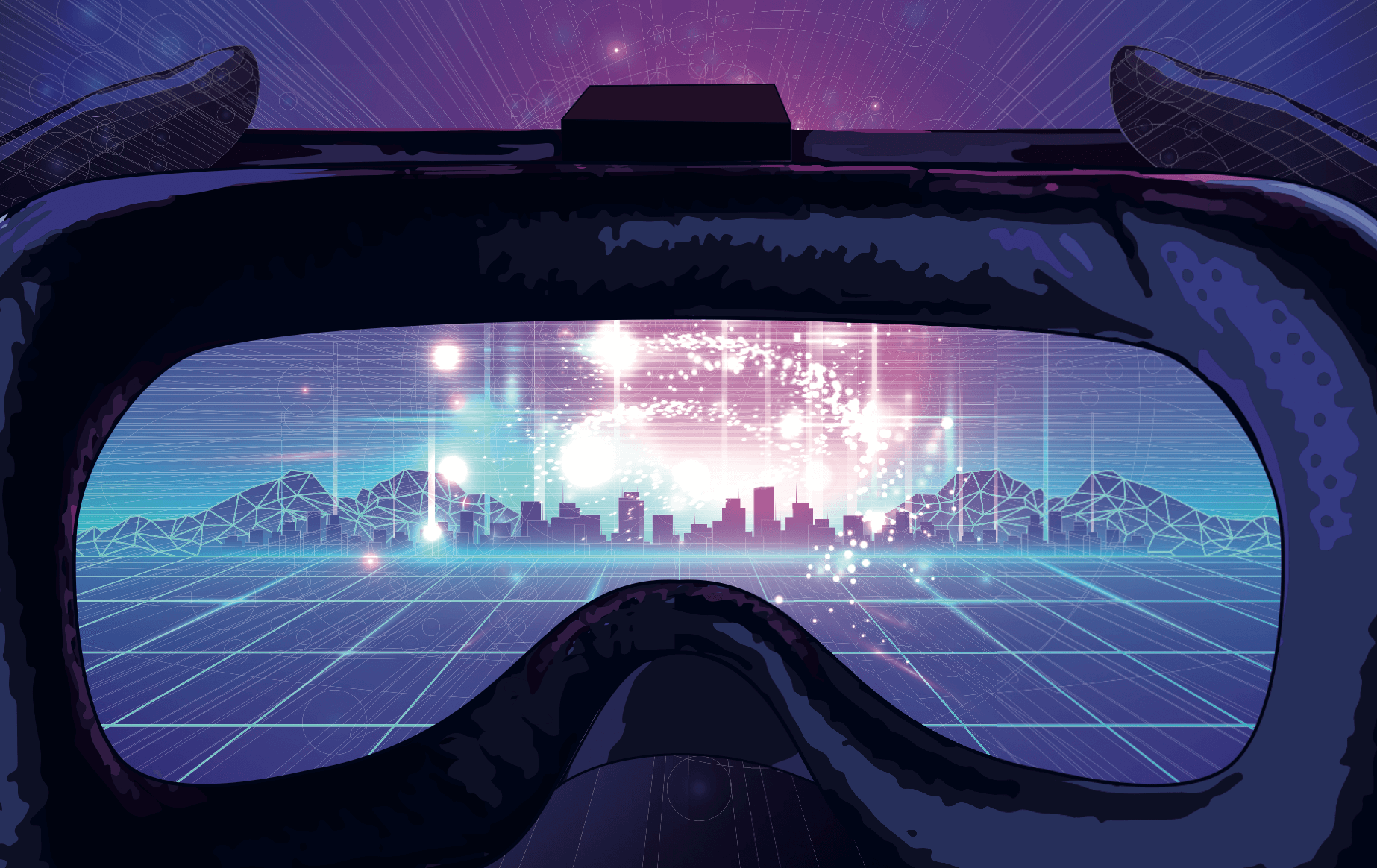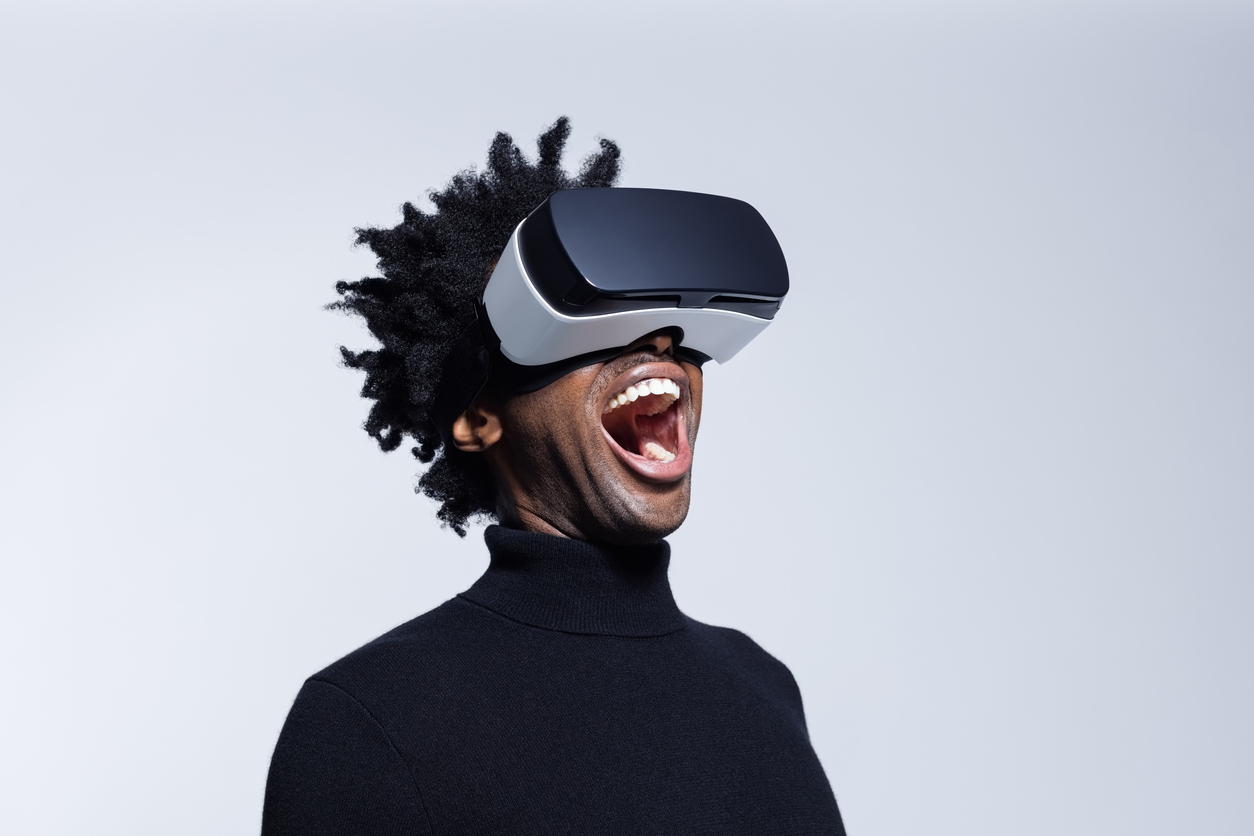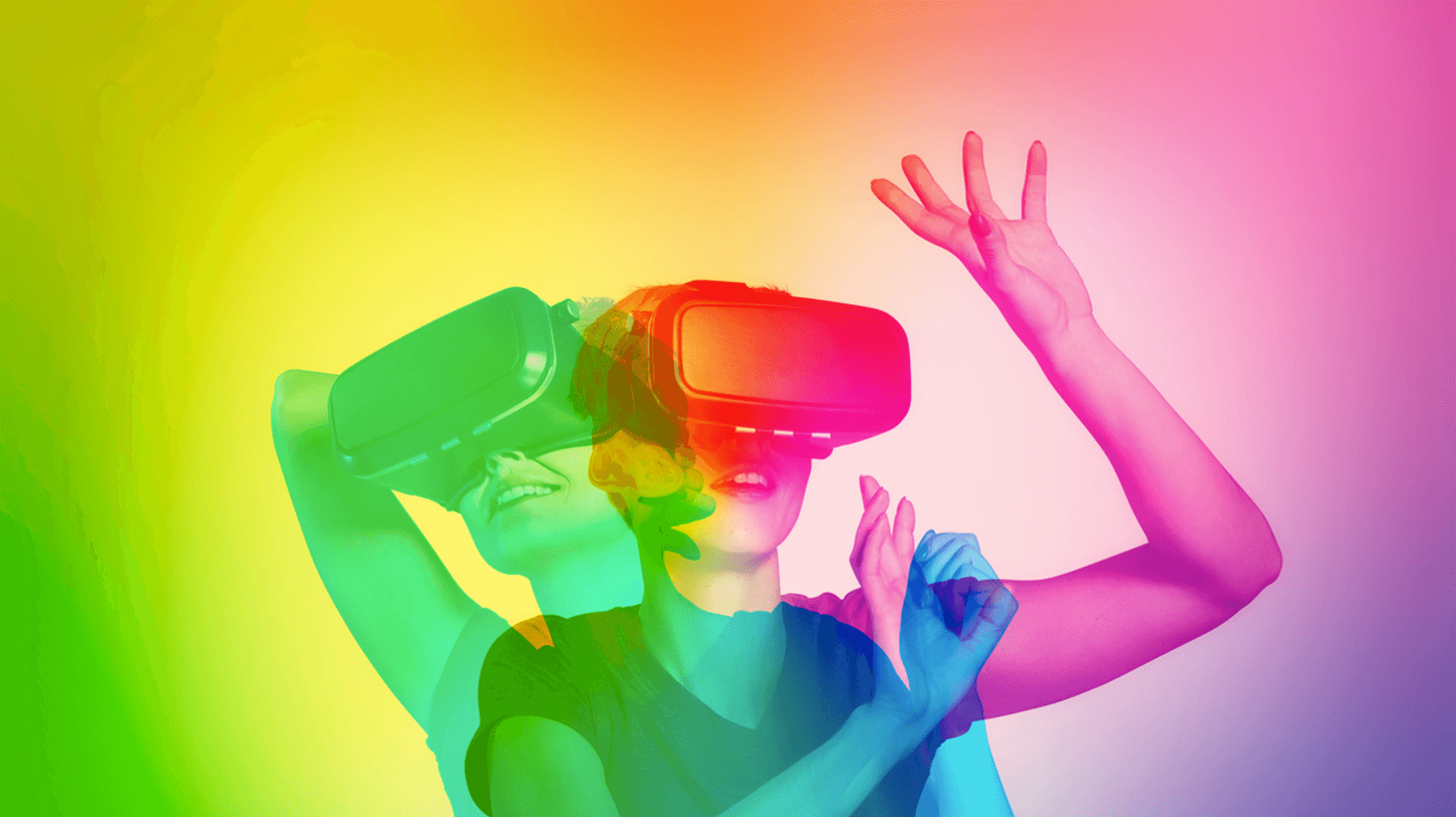Your Virtual and Augmented reality doesn’t need to suck, but sadly much of what gets developed lacks the depth of engagement this immersive media offers. In this upcoming 3D Design workshop (including VR & AR UX), we will focus on how to design engaging and immersive experiences.
VR/AR change how our brains work (designer and user)
VR and AR change how we approach interaction design. Specifically, immersive experiences move us from staring at external-to-the real-world 2D screens and into viewing the ‘world’ in first-person, through our own eyes. This changes how our brain interprets the experience. In 2D design, users interact with rules, screen flows, and triggered actions.
In 3D, user interactions are carried by augmented or real-world spatial markers (Augmented Reality actually detects your room parameters) or real-time visualizations based on user choices or narrative flow (Virtual Reality can dynamically change direction based on user reactions).
3D evokes real-time, first-person interaction.
3D UX expert Frank Spillers describes some key points in why VR/AR is groundbreaking for user experience design:
Building on, then breaking away from familiar paradigms with care
So when we design for 2D, we leverage the old WIMP (Windows, Icons, Menus, Pulldowns) paradigm. Note: It’s old because it works for human brains- in 2D. In 3D, certain elements of 2D, like WIMP, can be retained, and are even better than inventing complicated 3D versions. An example is the original TiltBrush menu which created a 3D square box rotating menu with many interfaces on each side– users in my VR lab were seen to spend 10 minutes “playing” with this control alone (lost in the novel interaction, they lost track of painting in 3D- the point of the experience).
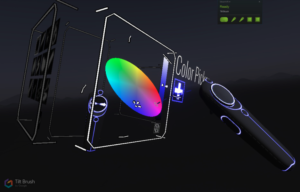
Compare this to the competitor Quill (at the time) which used a flat 2D menu (in 3D). Boring but more usable.
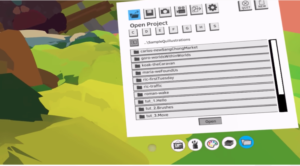
This illustrates that inside 3D virtual environments, a good understanding of what works and what doesn’t is essential. That’s why experimentation and user testing are key. In essence, 3D can lure you into novelty, which can make the user experience frustrating and flat. Again, user testing and rapid prototyping of spatial UI ideas are essential. Remember that UX practices of user research apply, bring opportunities of real-world needs into the design phase then test judiciously.
Just as with all usability, 3D design helps users answer these dilemmas: “What’s my goal?”, “What can I do?”, “How do I do it?”, “How do I go forward or back?”, “Is this object or interface selectable?”.
Where 3D surpasses the limits of 2D
3D design offers rich opportunities to surpass the limitations of the WIMP or 2D paradigm. For example, when storing your files or documents (in the 2D model) designers rely on the folder + sub-folder model (hierarchy or parent-child relationship): The way a database thinks. Imagine being able to store your files or documents in time + space with the addition of emotion and mood: The way human brains store memories and information. VR/AR design brings more of this real-world ‘realism’ and relevancy to important such tasks. It makes designing for emotion the default. Moreover, it activates spatial learning, which opens up possibilities for different brain processing. With a good UX approach to 3D, you can improve a task or experience and make it even more compelling than it was or could ever be in 2D.
Learning 3D makes your 2D even better
One of the fascinating consequences of designing for 3D UX is that it can improve your Product (Web/Mobile), Service, or experience design. How? In 3D UX Design we cover skills that are cross-purpose. For example, by learning Improv, Storytelling, and physical prototyping– essential for VR/AR design you can expand your ability to design across channels and touchpoints– key to product-service systems. Such skills are required for Service Design and for designing journeys that move outside of just the digital channel. Since VR/AR requires emotional engagement, bringing lessons in emotional value into your Web/Mobile or Service experiences can be hugely beneficial.
Learn how to overlap from 2D to 3D and how to design for VR/AR experiences in this upcoming workshop.
Who is this for? Anyone new to 3D, UX Designers, Existing 3D Designers.
Topics we will cover in this 3D UX workshop:
- 3D Interaction Design for Movement, Gesture, Gaze, Speech, Sound
- 5 Strategies for designing presence and immersion
- Emotion Design: narrative and spatial interaction
- Usability of 3D Navigation, Menus, and techniques for moving experiences/ narratives forward
- Using 3D Personas in design
- 2D to 3D UX Design: Issues and considerations in Spatialized UI Design
- Designing affordances in VR/AR
- Storytelling for Immersive media
- Leveraging storytelling in consumer vs B2B experiences
- Rapid Prototyping for spatial UI’s
- Imagineering techniques for VR
- User testing in VR/AR
- Testing and measuring presence
- Social VR/AR: issues, guidelines, and heuristics
About this online 3D UX workshop:
3D UX Design is an online workshop is aimed at learning the essentials of Virtual Reality and Augmented Reality usability and applying them to a variety of real-world scenarios. This is especially important with the new priority lens COVID-19 has created, pointing to a need for strong AR/VR tools that solve critical problems. Whether you are working with so-called “XR” experiences (AR/VR or Mixed Reality), it is crucial that you apply meaningful 3D Interaction Design techniques to the creation of powerfully immersive and semi-immersive experiences.
This course is based on Frank Spillers 25 years of experience in UX and 3D. It promises to be a fun and “changing the way you look at life” online workshop (past participant comment). Who will benefit from this workshop? This course is aimed at designers, developers, and content creators that want a grounded methodology for designing emotionally compelling and differentiated user experience in VR/AR. Innovators, R&D teams, and immersive content creators will benefit from this 3D UX course.
